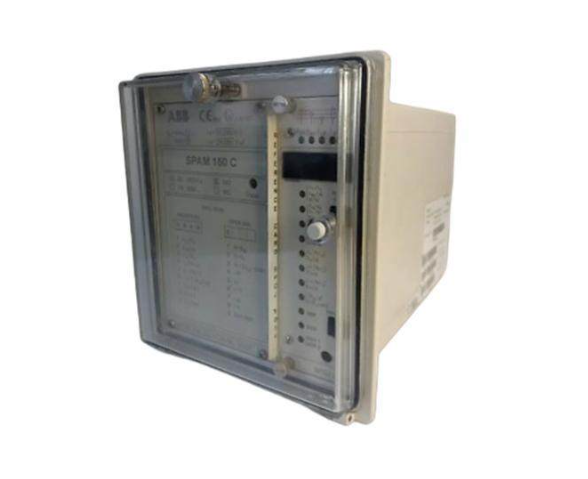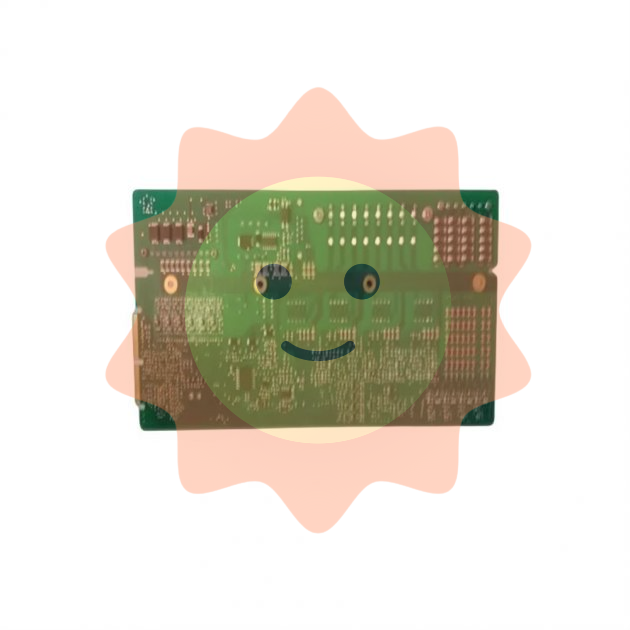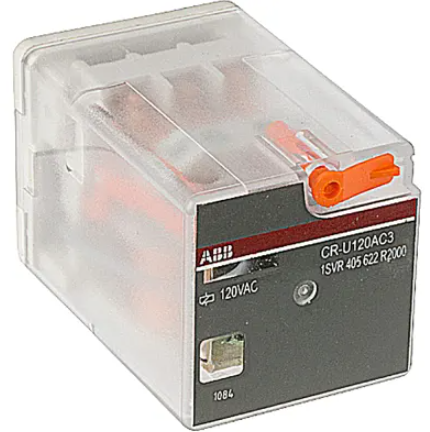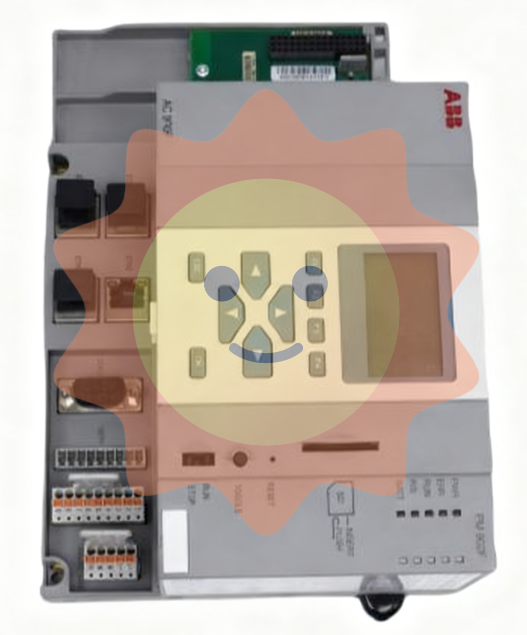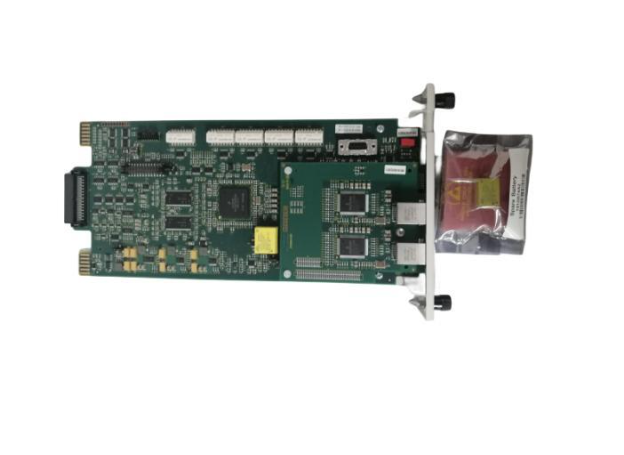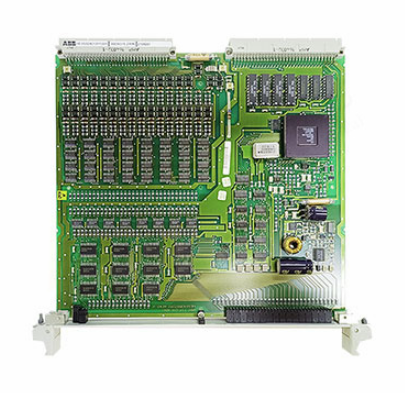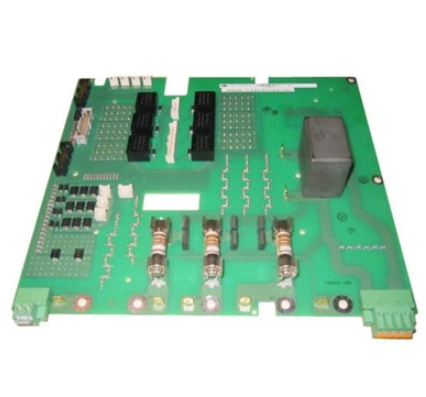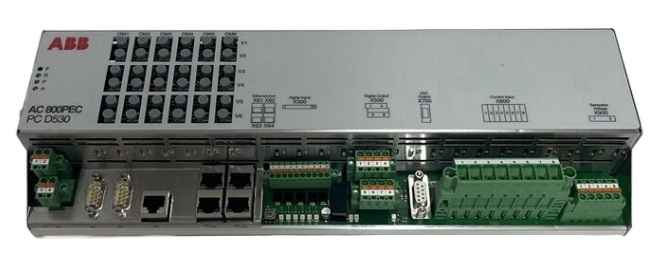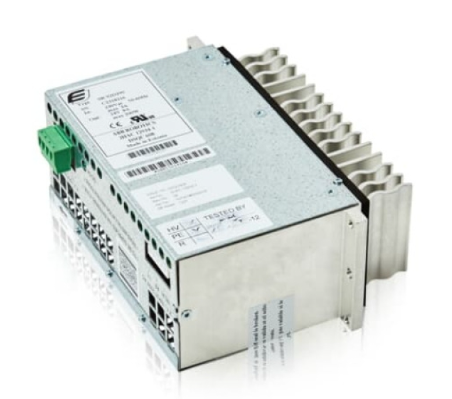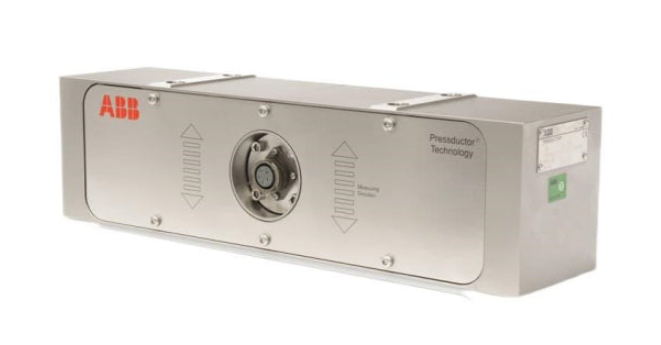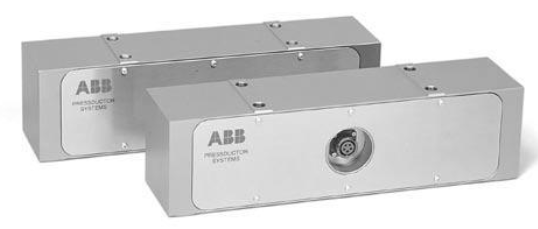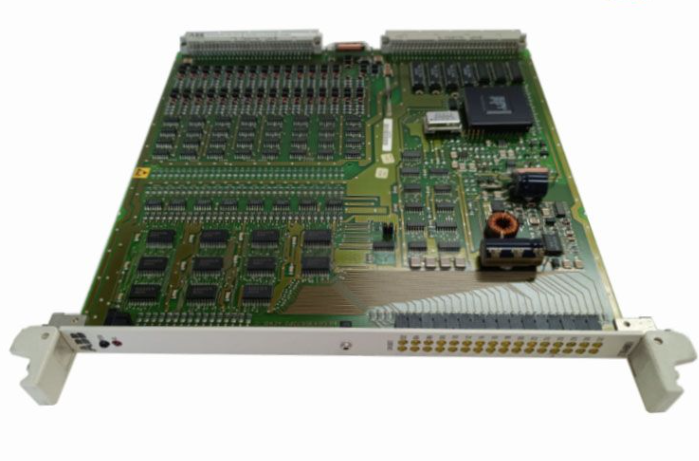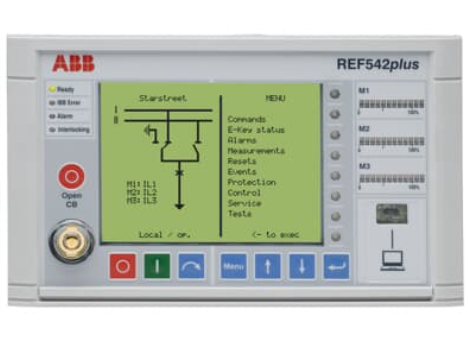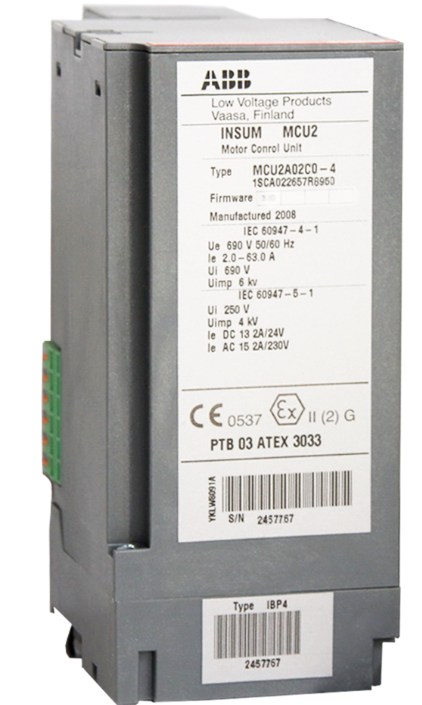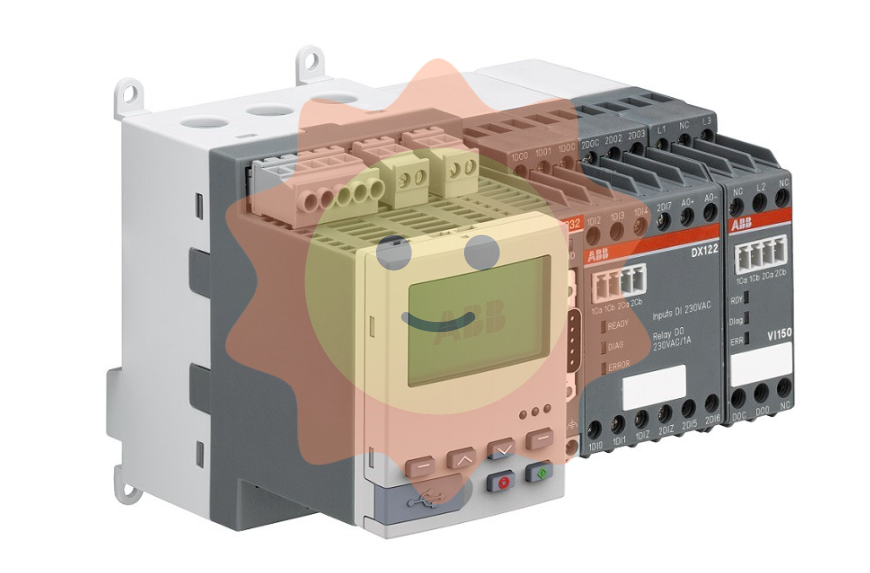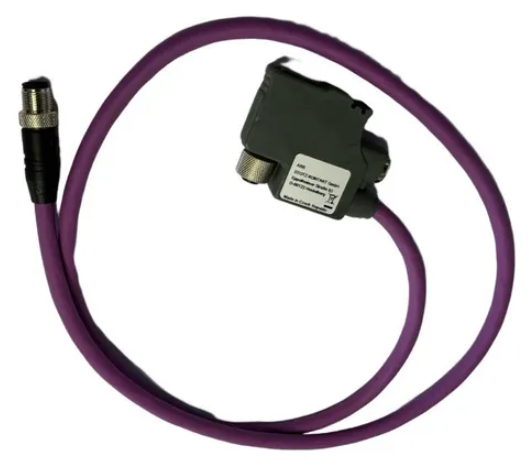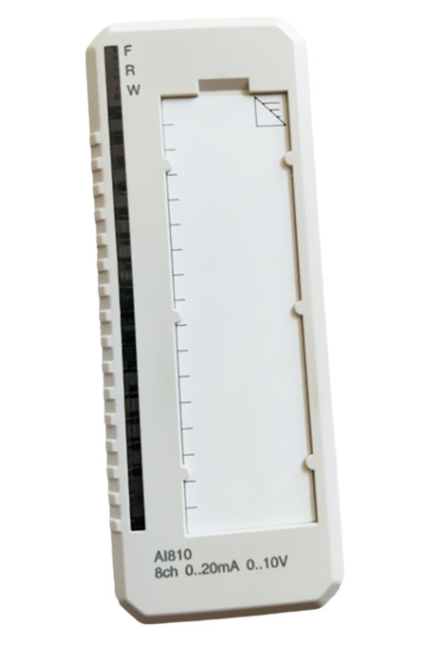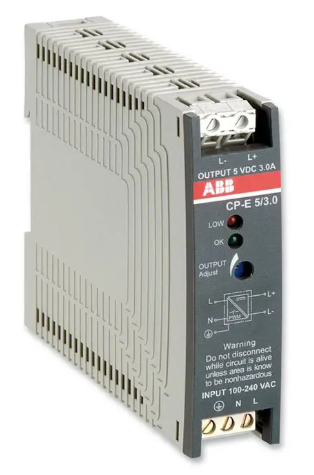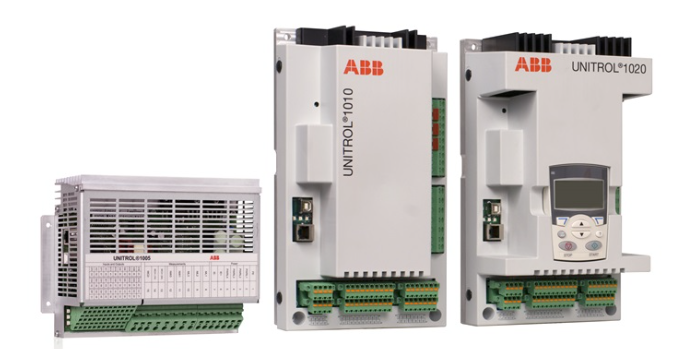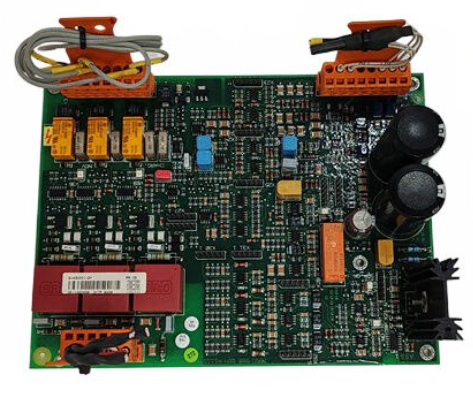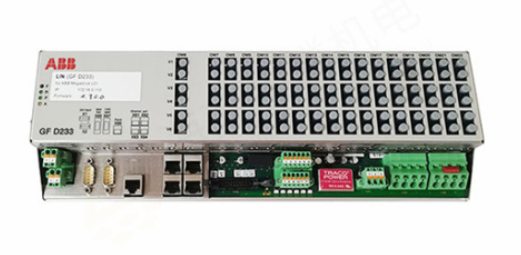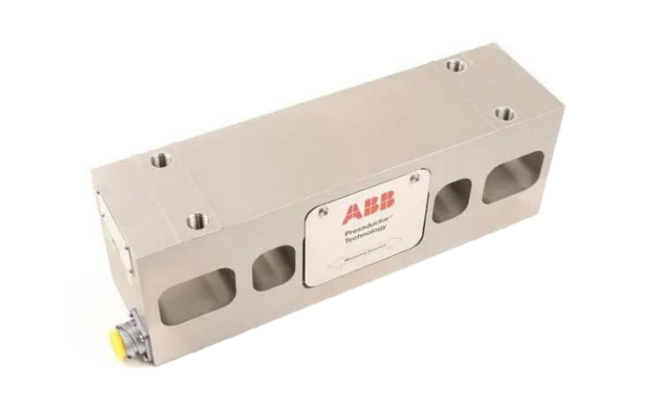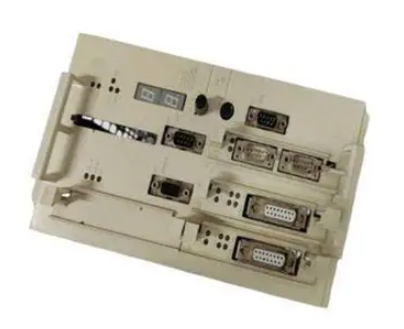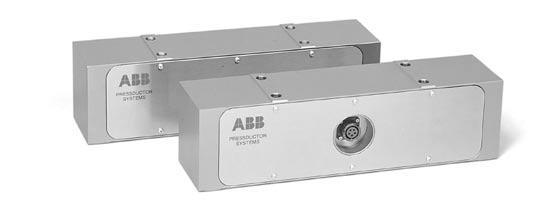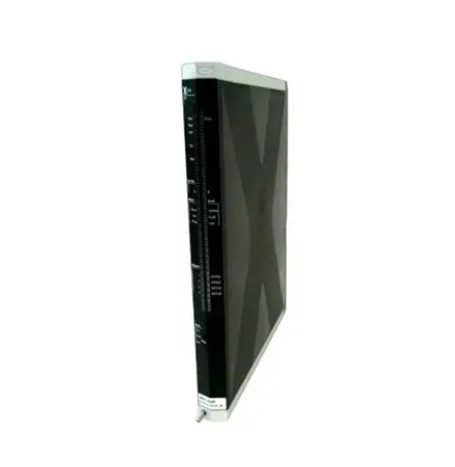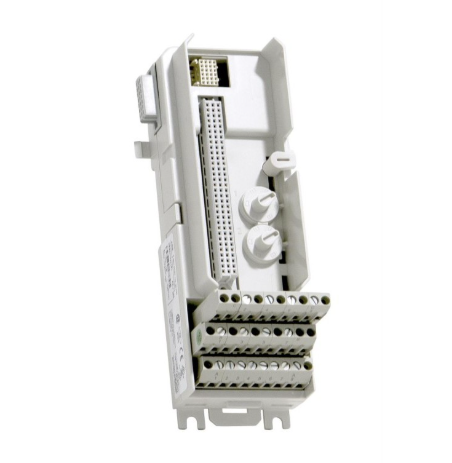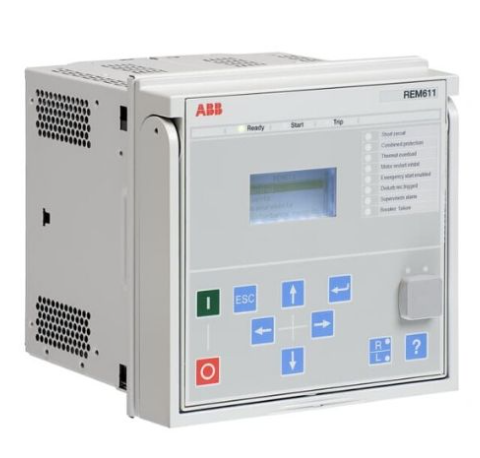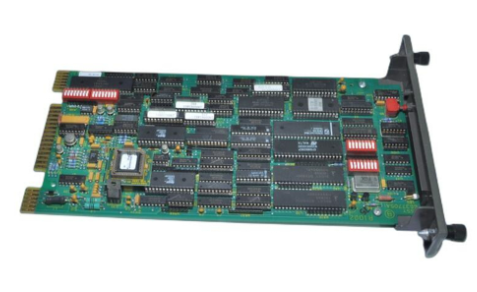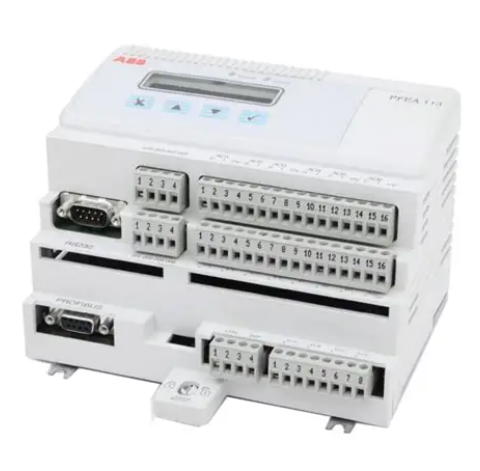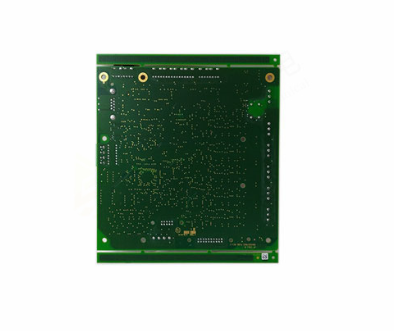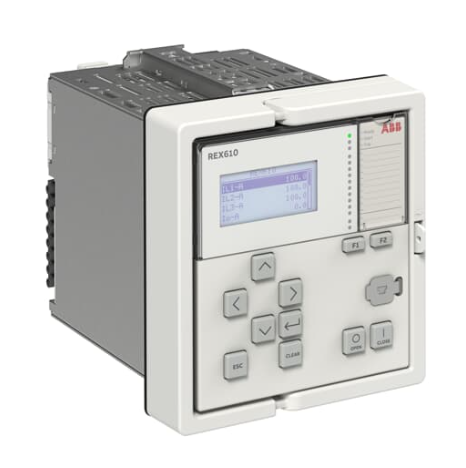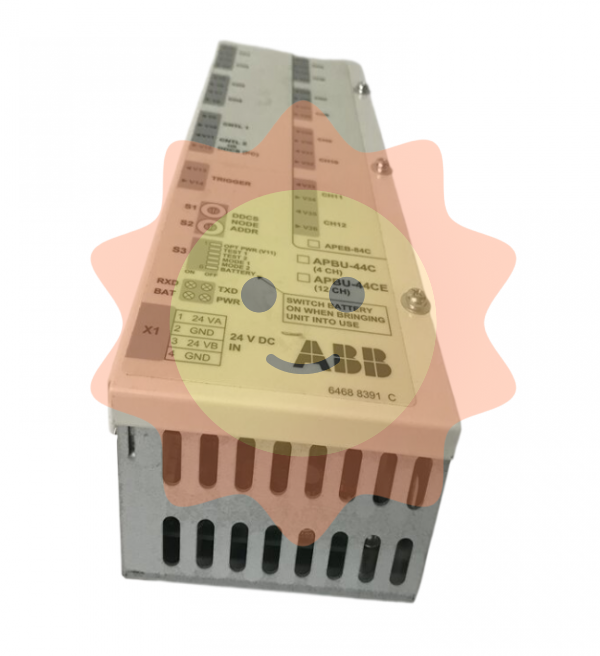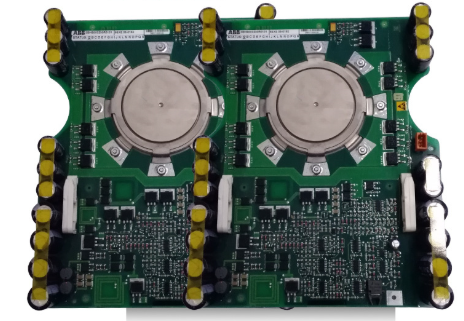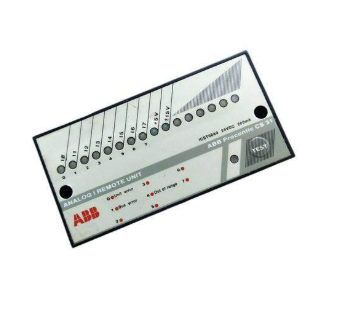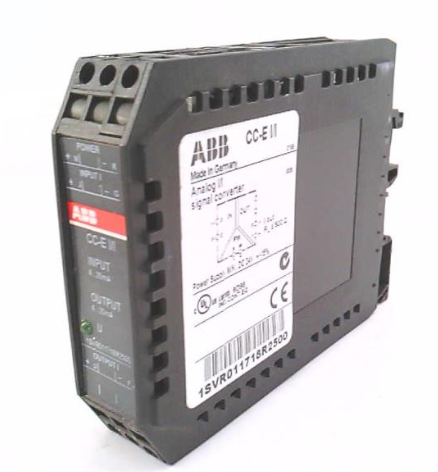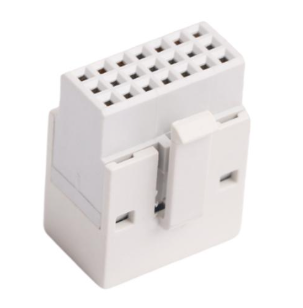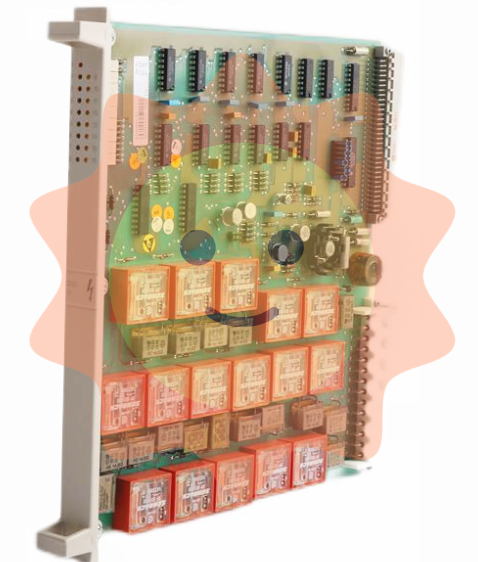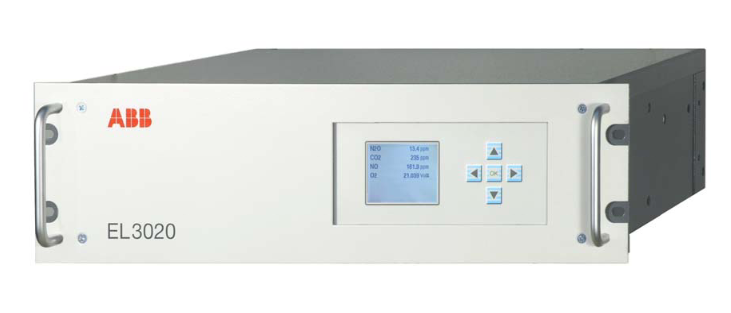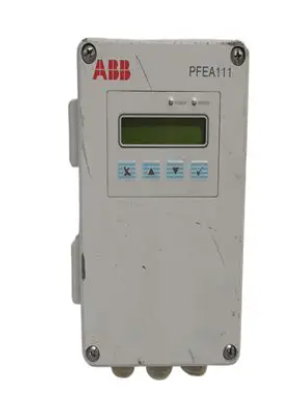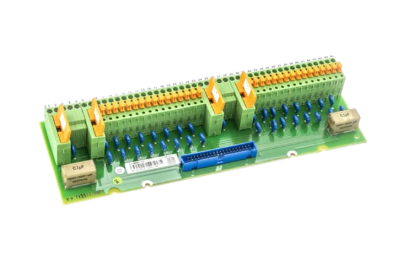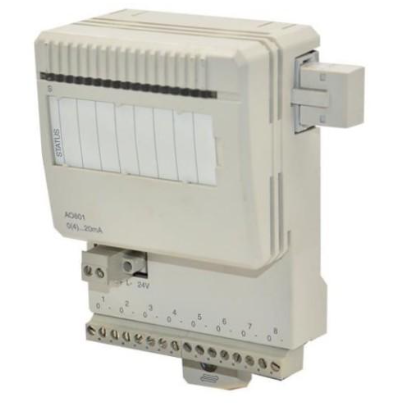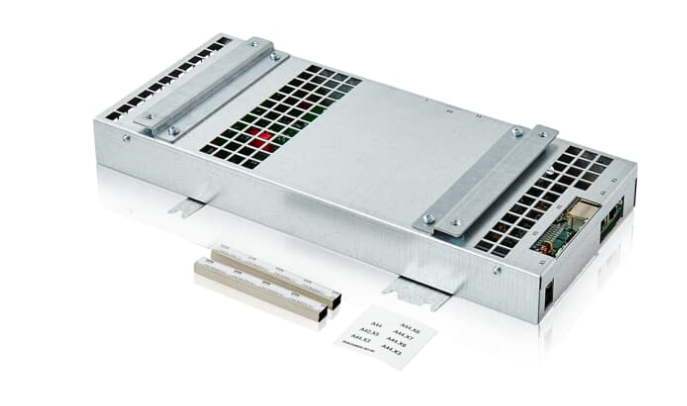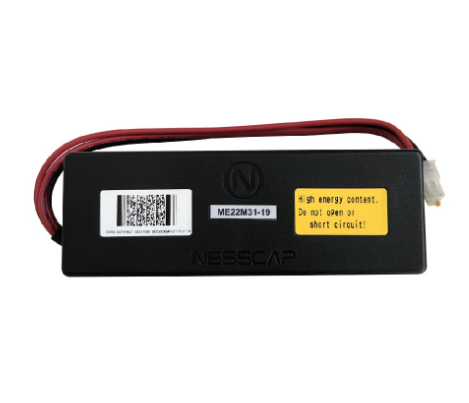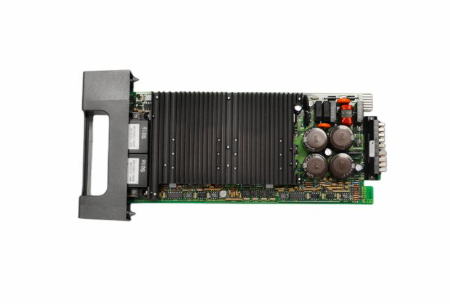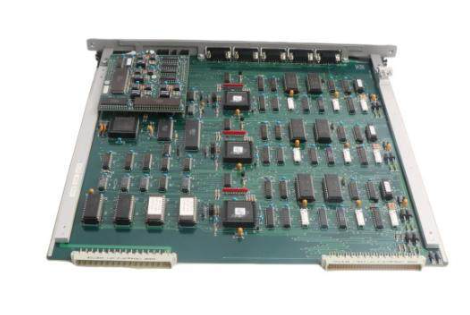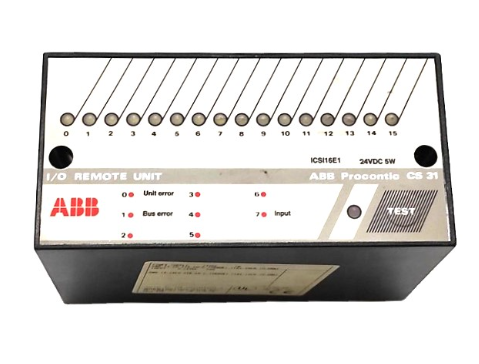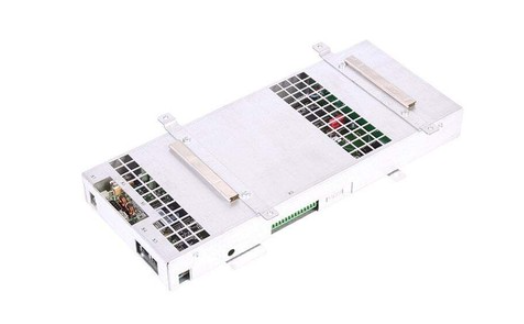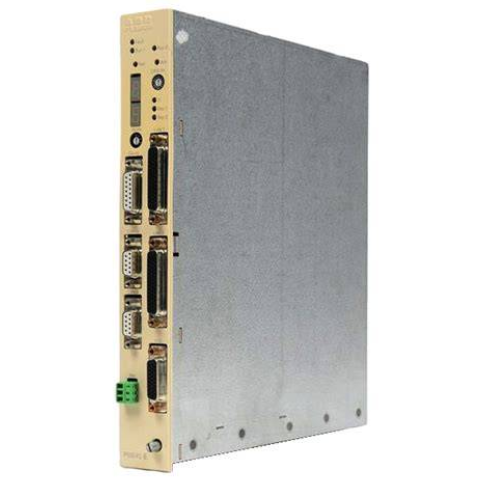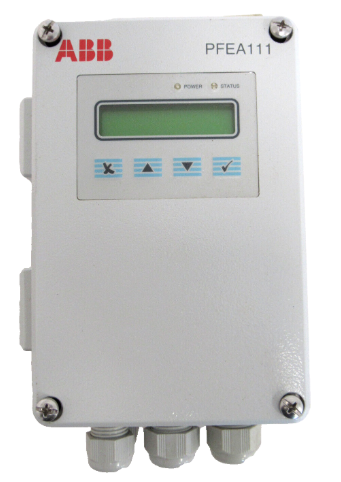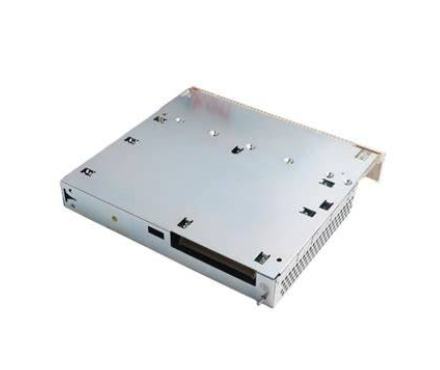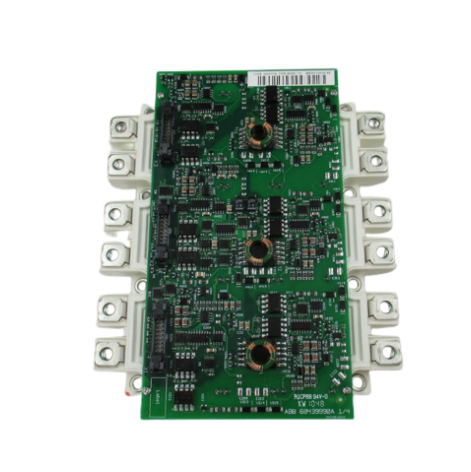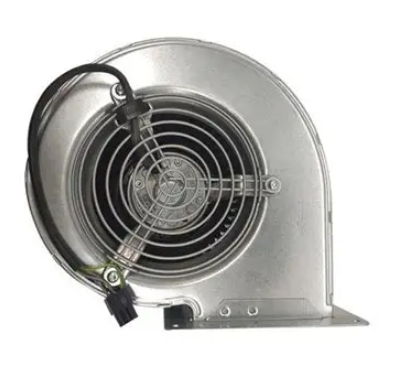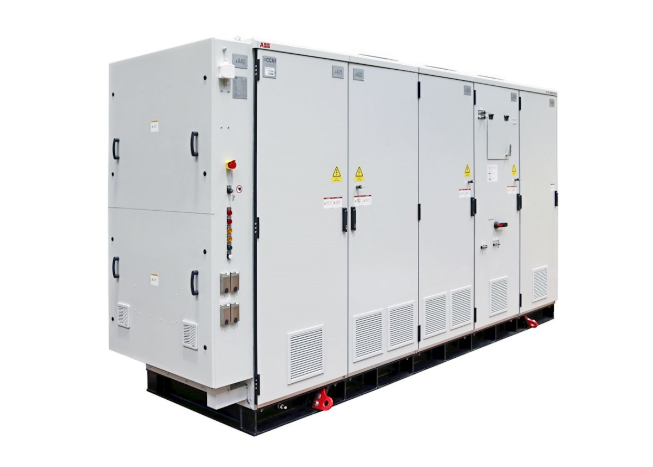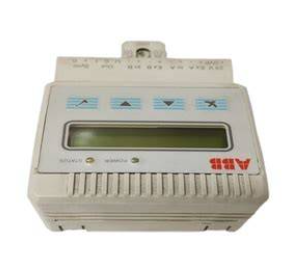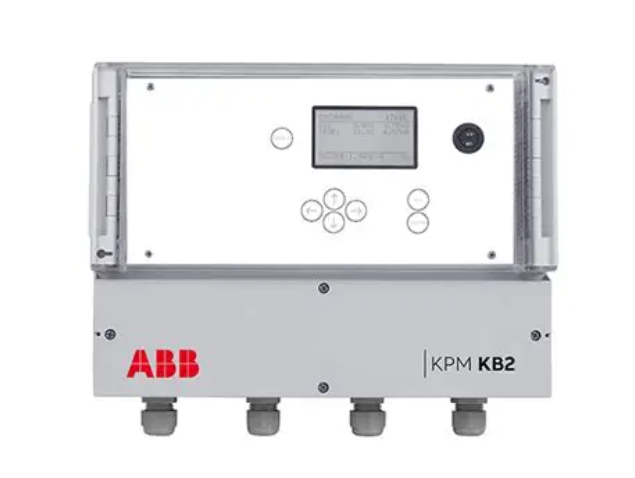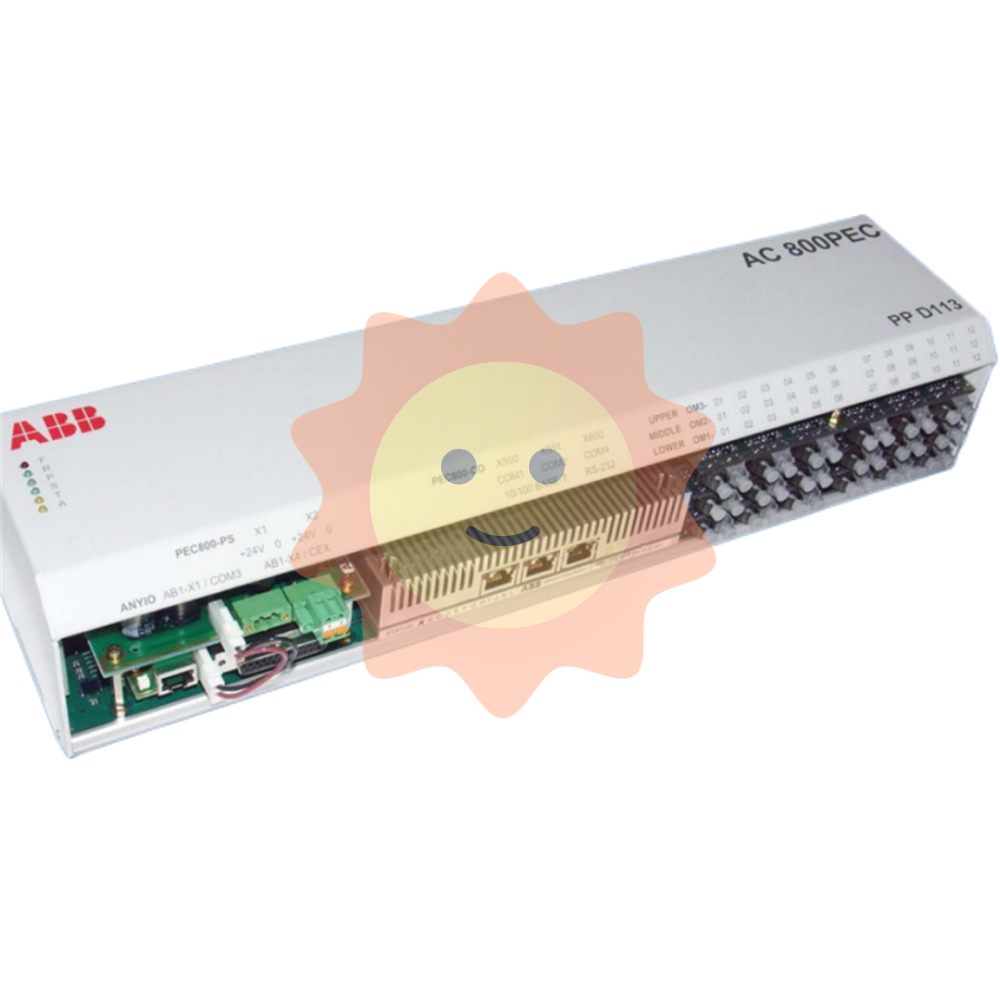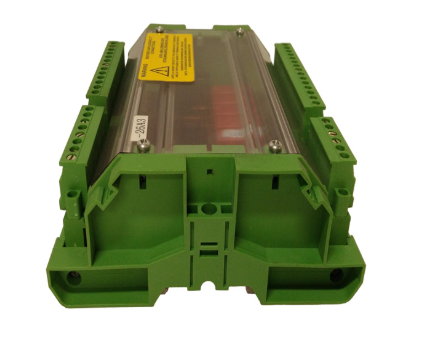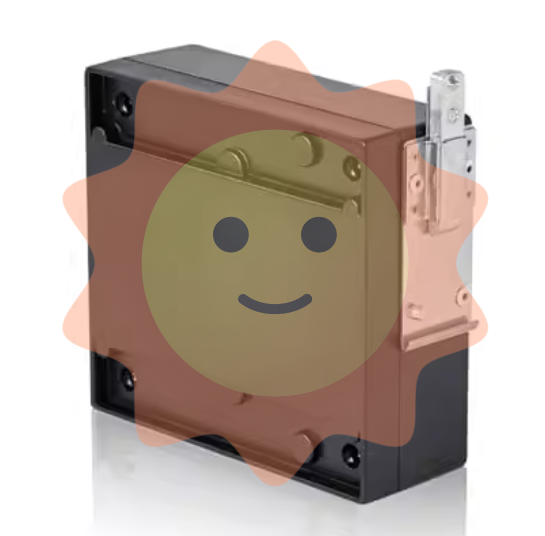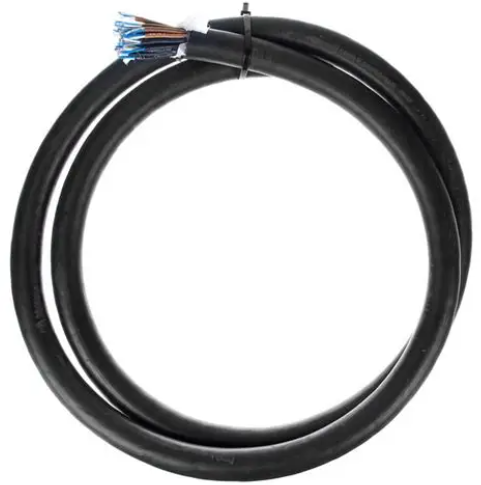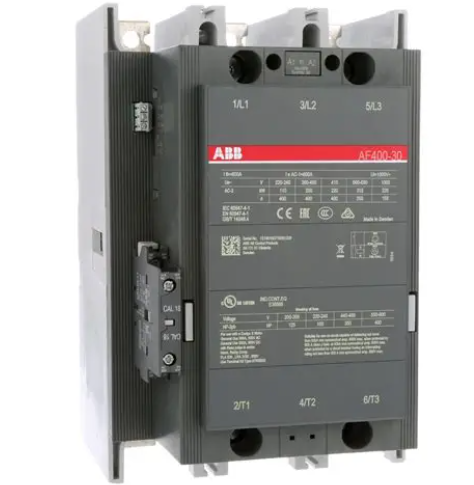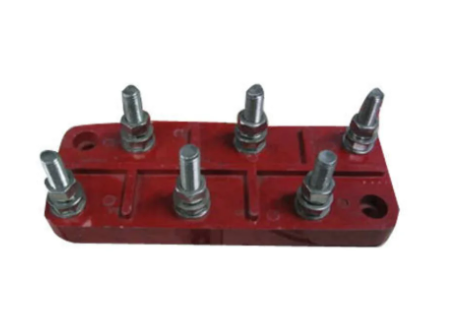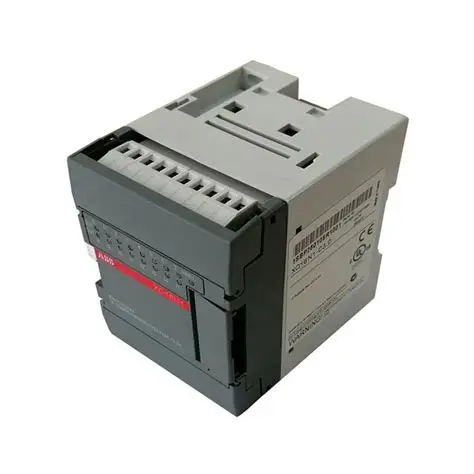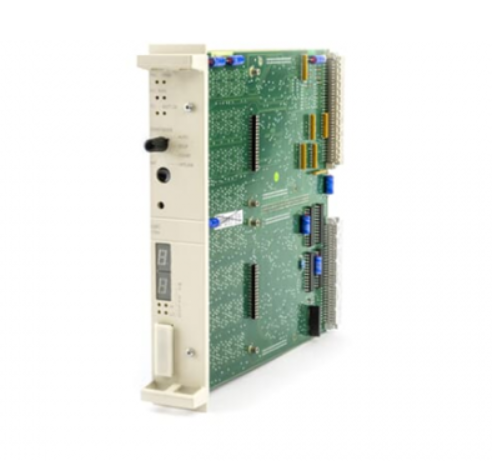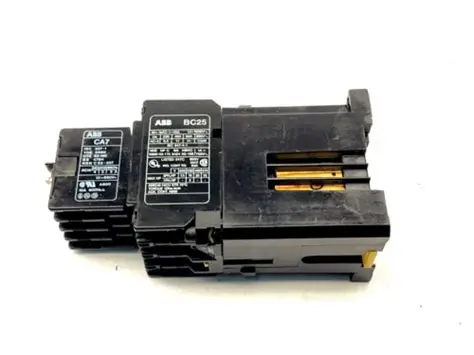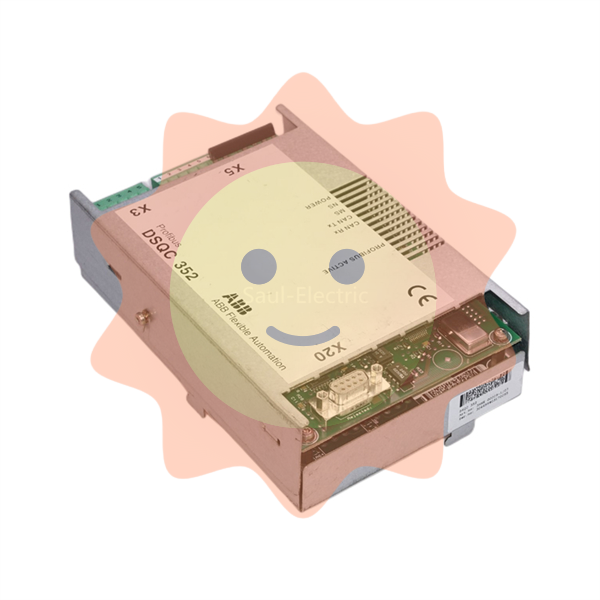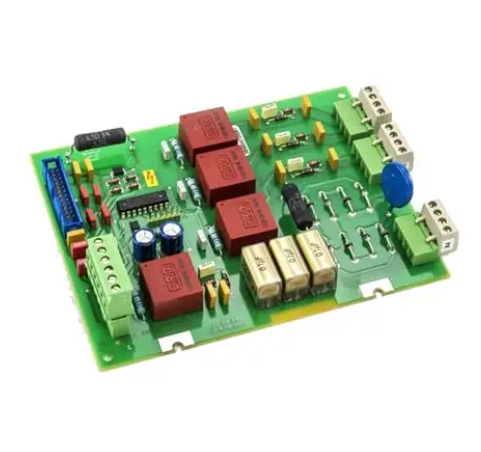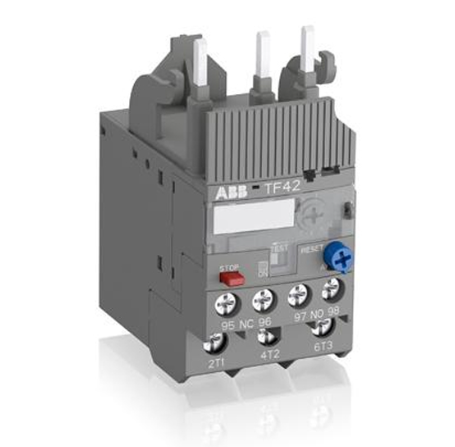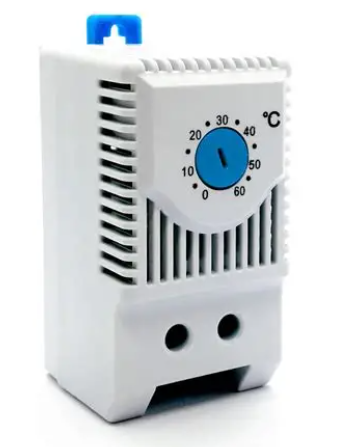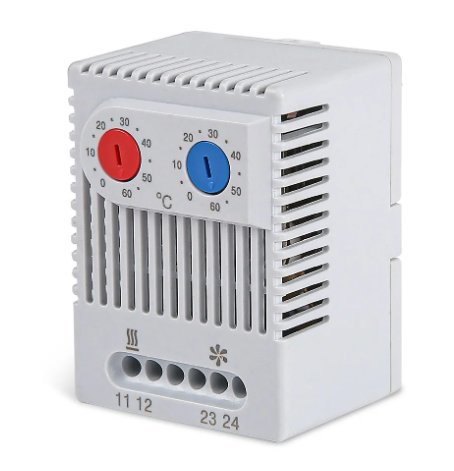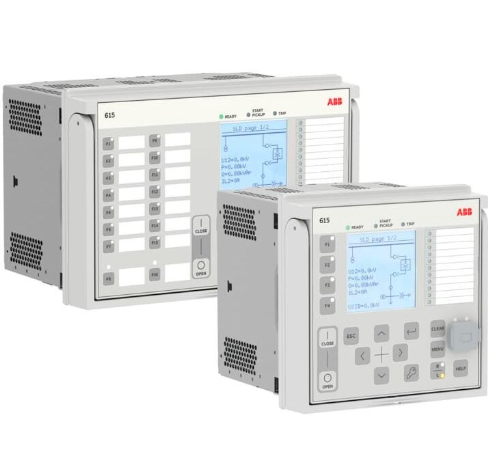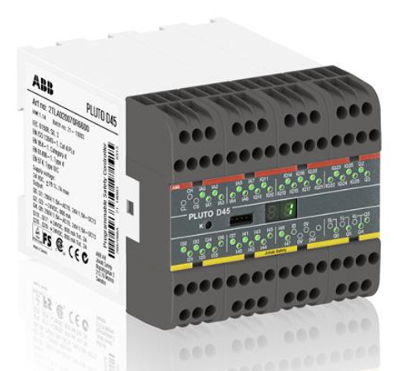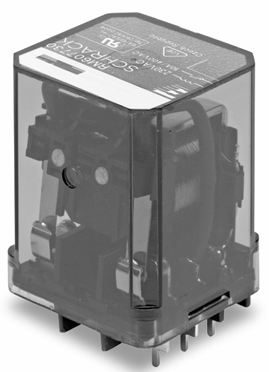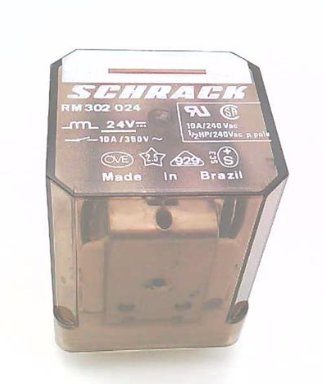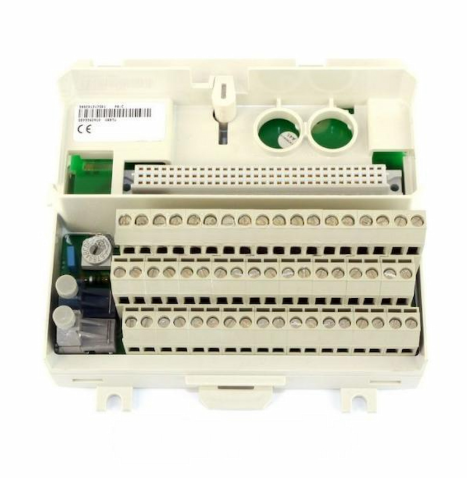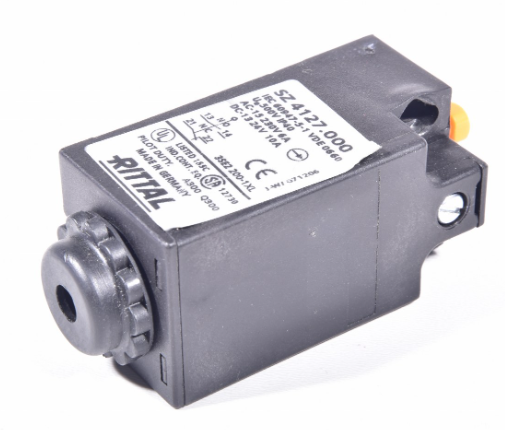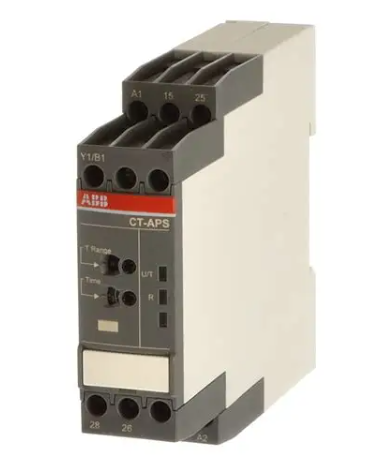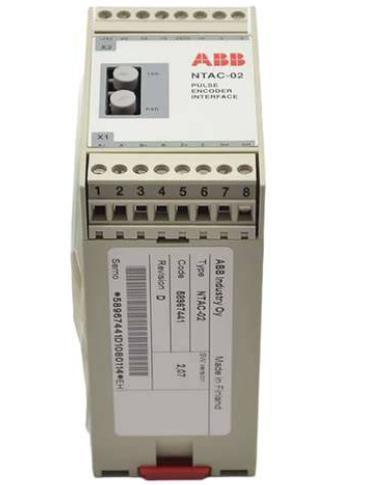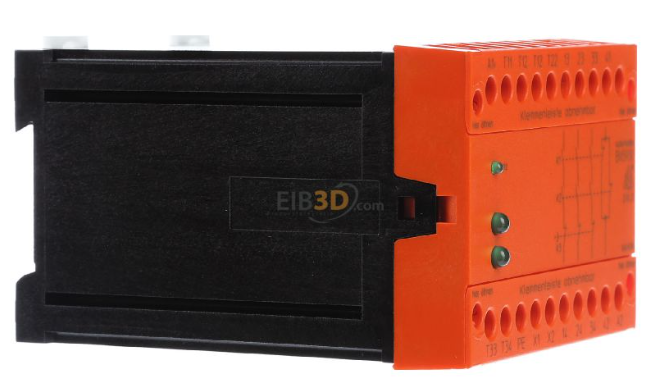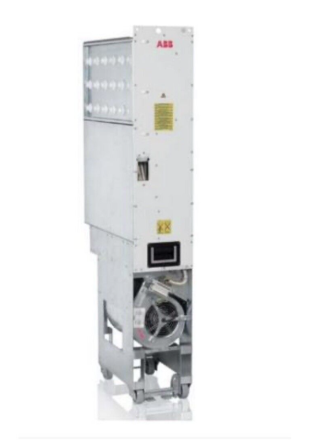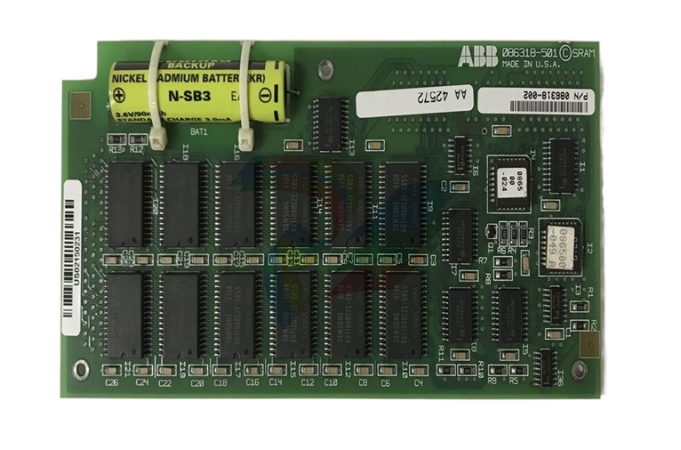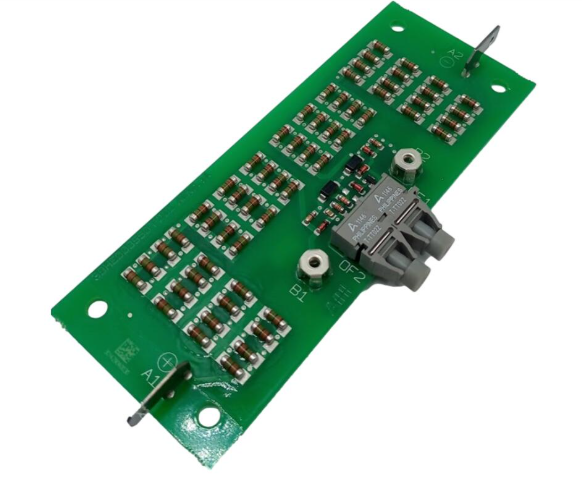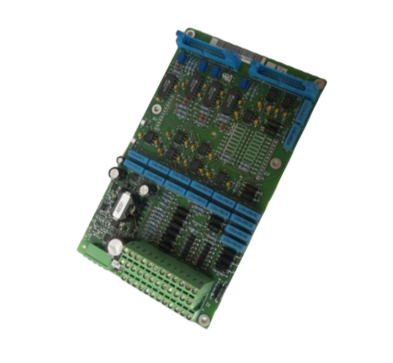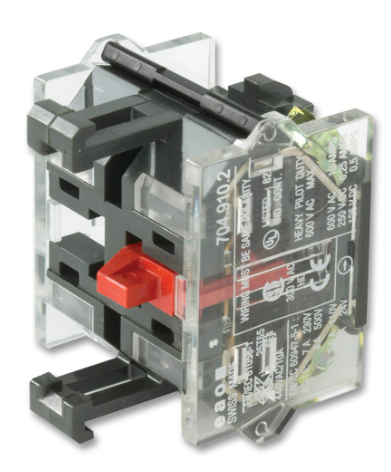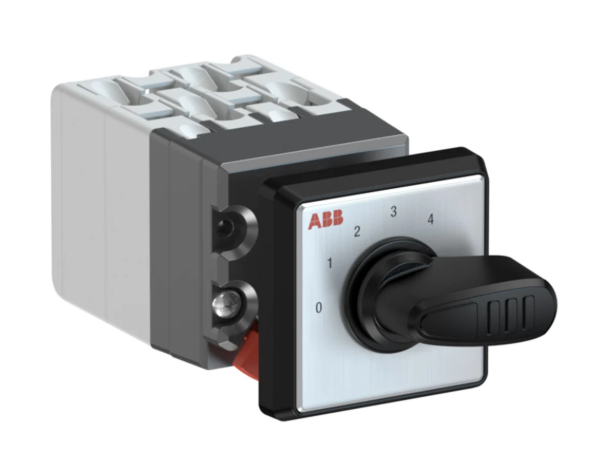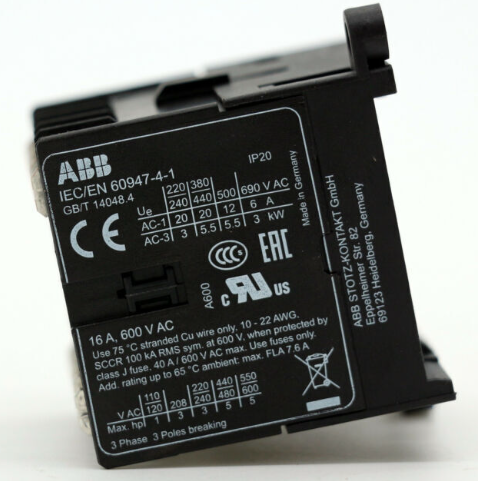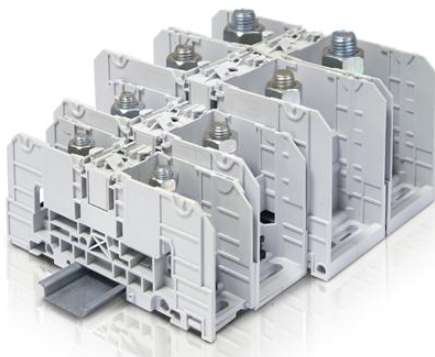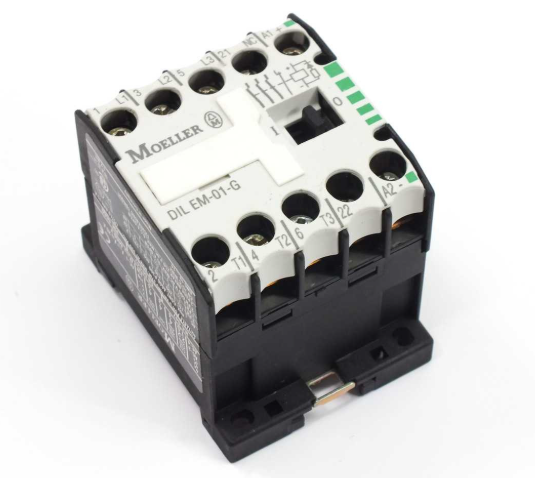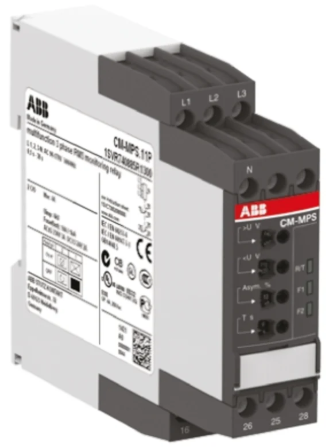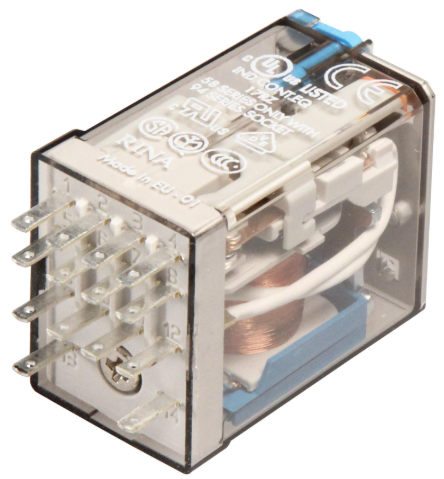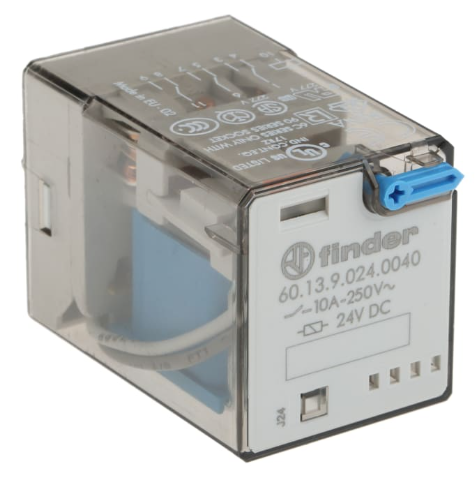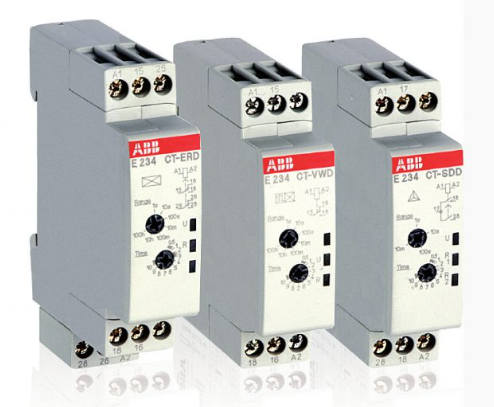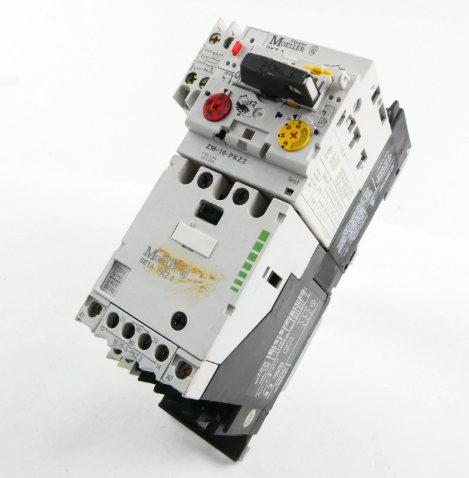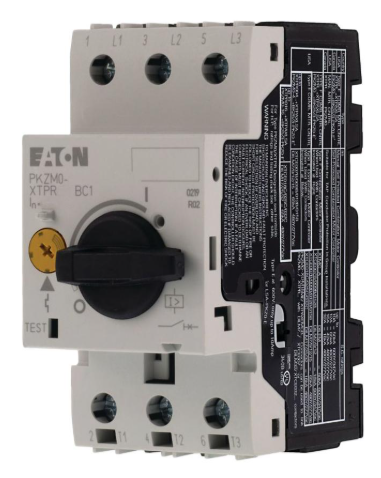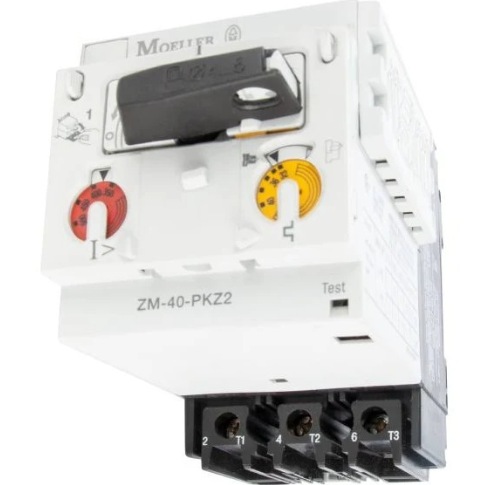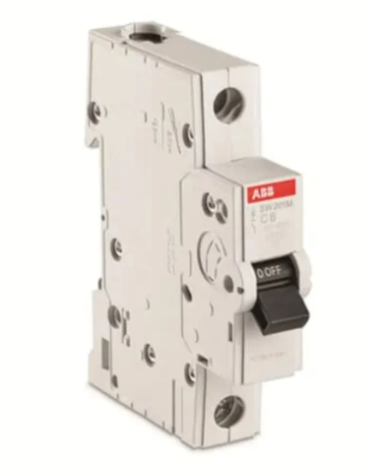AB 1785-L20C15 ControlNet PLC-5 Programmable Controllers
Multiple communication methods: A variety of communication methods are supported, including Scheduled Data-Transfer Operations (continuous and asynchronous in ladder logic programme scanning) and Unscheduled Data-Transfer Operations (for scenarios with non-deterministic requirements). This flexible communication mechanism allows the controller to choose the most appropriate communication method for different application requirements, which not only meets the needs of real-time control, but also handles non-deterministic messaging such as programming devices and human-machine interface (HMI) devices, and improves the overall communication efficiency of the system.
Powerful data processing capabilities
Efficient data transfer mechanism: Both discrete I/O data transfer and non-discrete I/O data transfer can be performed in an efficient manner. Discrete I/O data transfers can be configured in the I/O map table for deterministic and repeatable operations; non-discrete I/O data transfers can be configured in the I/O map table or updated using the ControlNet I/O Transfer (CIO) instruction, and have the same priority as discrete I/O data transfers, which effectively improves the speed and efficiency of data processing. This effectively improves the speed and efficiency of data processing. The controller's non-discrete I/O data transfer capability meets the high demand for real-time processing of large amounts of analogue data in chemical production processes.
Supports multi-processor control: multiple ControlNet PLC-5 processors can update the I/O adapters at the same time, and any processor can control the adapters on the network, send CIO commands, and carry out peer-to-peer communication, which realises distributed control and cooperative work of the system, enhances the overall data processing capability and control flexibility of the system, and is suitable for multi-node control of large-scale complex industrial systems. It is suitable for multi-node control of large and complex industrial systems.
Flexible Configuration
Flexible I/O mapping: I/O mapping is highly flexible, users can map I/O data into I/O image table or DIF/DOF file according to the actual demand, and the mapping position and size of input and output data can be adjusted according to the specific situation. This flexibility enables the controller to adapt to different I/O device layouts and data processing requirements, improving the adaptability and scalability of the system configuration. In industrial automation projects of different sizes, the I/O mapping can be flexibly adjusted according to the number and type of I/O devices to meet the specific needs of the project.
Optimized I/O Configuration: A variety of methods are provided to optimize I/O configuration, such as optimizing the use of I/O image table, which can make full use of I/O resources and reduce the waste of resources by adjusting the location of modules and choosing appropriate addressing modes. In practical applications, according to the I/O demand and resources of the system, you can choose to optimise the slotless complementary or optimise the slotted complementary method to improve the efficiency of I/O resources.
Easy Diagnosis and Maintenance
Comprehensive Fault Diagnosis: Equipped with a perfect fault diagnosis mechanism, it can quickly and accurately determine the system's operation status and fault types through the various status indicators (such as BATT, PROC, FORCE, COMM, etc.) on the processor, as well as the ControlNet status indicator and the DH+/RIO status indicator. Combined with detailed fault codes (such as those stored in S:12 in the processor status file), it can provide in-depth understanding of the cause of the fault, and provide strong support for troubleshooting and repair. When a system failure occurs, technicians can quickly locate the point of failure and shorten troubleshooting time based on the indicator status and fault codes.
Convenient monitoring and maintenance: The configuration and status of the ControlNet network can be comprehensively monitored with software tools such as RSNetWorx for ControlNet, RSLogix5, and RSLinx, which can be used to define network parameters and monitor the status of I/O map entries; RSLogix5 can be used to monitor ControlNet diagnostic files and manage user programme files; RSLinx can be used to poll network devices and monitor station diagnostic information. The coordinated use of these software tools facilitates the daily maintenance and management of the system, and improves the reliability and stability of the system.
- EMERSON
- Honeywell
- CTI
- Rolls-Royce
- General Electric
- Woodward
- Yaskawa
- xYCOM
- Motorola
- Siemens
- Rockwell
- ABB
- B&R
- HIMA
- Construction site
- electricity
- Automobile market
- PLC
- DCS
- Motor drivers
- VSD
- Implications
- cement
- CO2
- CEM
- methane
- Artificial intelligence
- Titanic
- Solar energy
- Hydrogen fuel cell
- Hydrogen and fuel cells
- Hydrogen and oxygen fuel cells
- tyre
- Chemical fiber
- dynamo
- corpuscle
- Pulp and paper
- printing
- fossil
- FANUC
- Food and beverage
- Life science
- Sewage treatment
- Personal care
- electricity
- boats
- infrastructure
- Automobile industry
- metallurgy
- Nuclear power generation
- Geothermal power generation
- Water and wastewater
- Infrastructure construction
- Mine hazard
- steel
- papermaking
- Natural gas industry
- Infrastructure construction
- Power and energy
- Rubber and plastic
- Renewable energy
- pharmacy
- mining
- Plastic industry
- Schneider
- Kongsberg
- NI
- Wind energy
- International petroleum
- International new energy network
- gas
- WATLOW
- ProSoft
- SEW
- wind
- ADVANCED
- Reliance
- YOKOGAWA
- TRICONEX
- FOXBORO
- METSO
- MAN
- Advantest
- ADVANCED
- ALSTOM
- Control Wave
- AB
- AMAT
- STUDER
- KONGSBERG
- MOTOROLA
- DANAHER MOTION
- Bently
- Galil
- EATON
- MOLEX
- Triconex
- DEIF
- B&W
- ZYGO
- Aerotech
- DANFOSS
- KOLLMORGEN
- Beijer
- Endress+Hauser
- MOOG
- KB
- Moxa
- Rexroth
- YAMAHA
- Johnson
- Westinghouse
- WAGO


Email:wang@kongjiangauto.com


